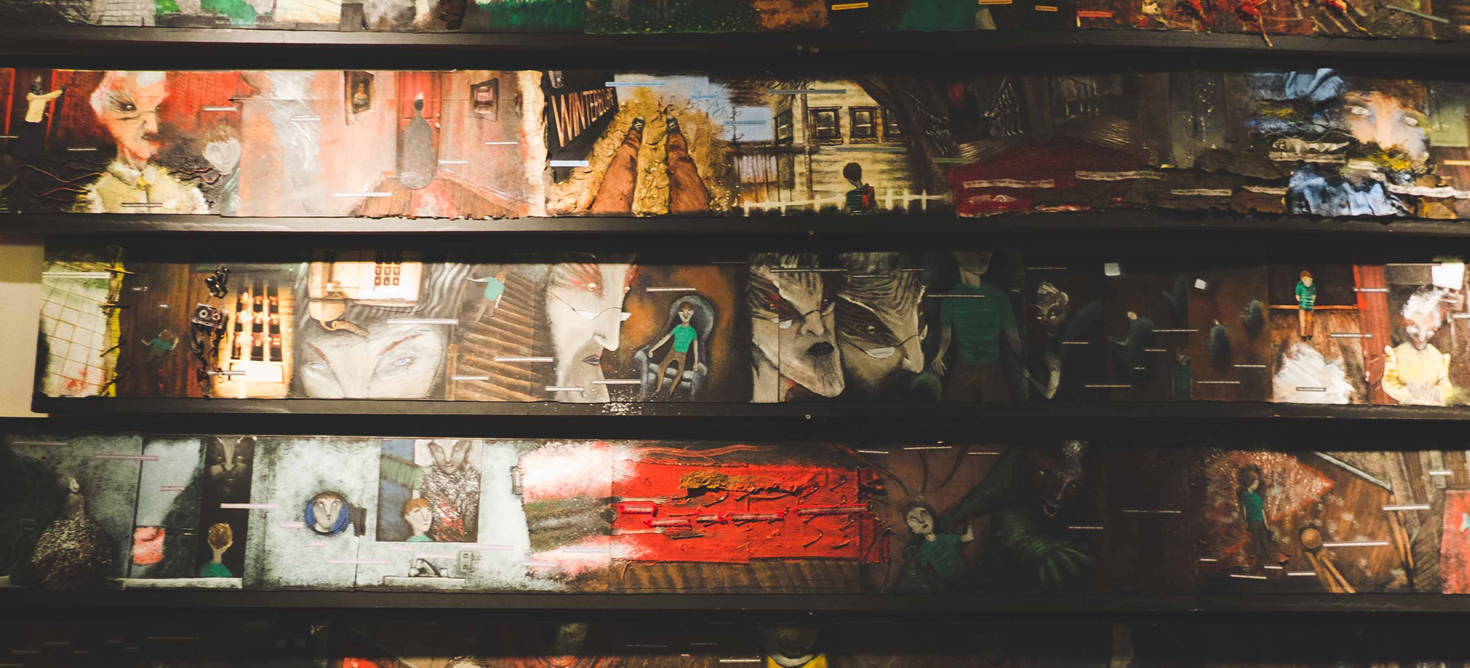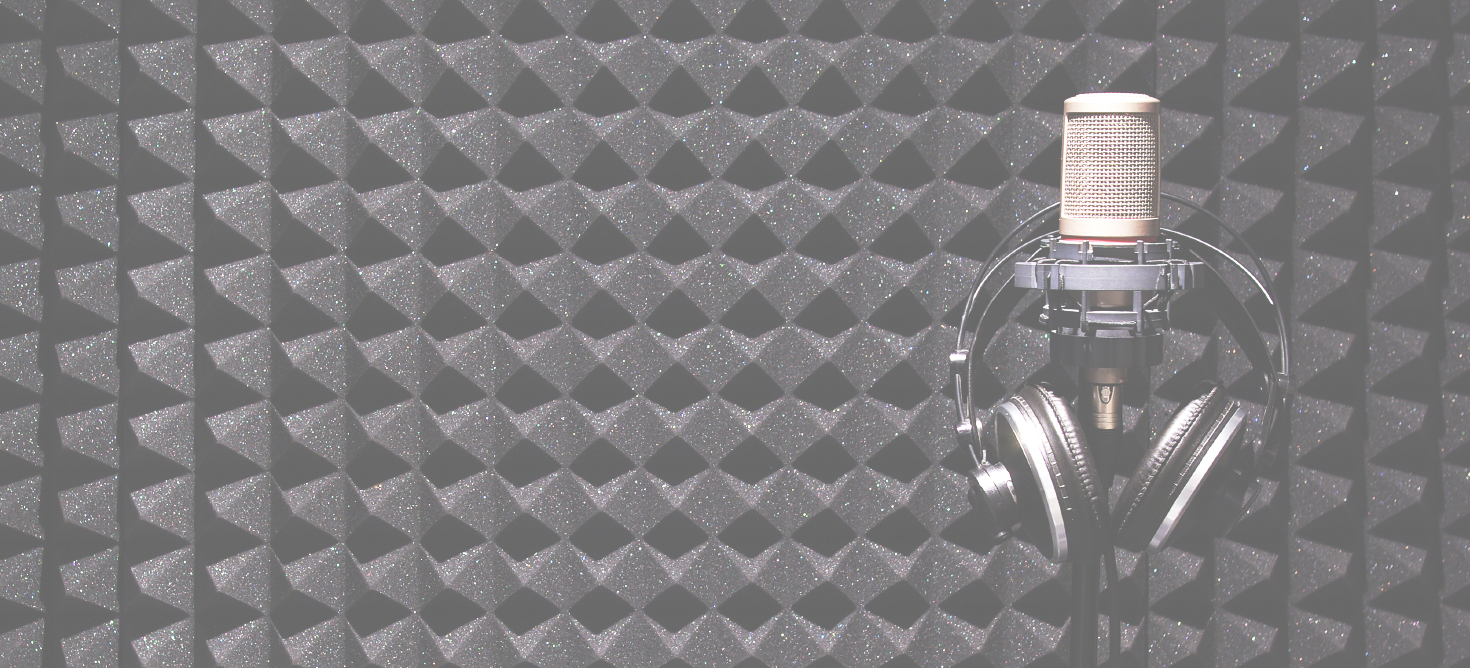I don't think it's an understatement to say that many of us dreamed of flying our own planes after playing Microsoft Flight Simulator. Evan Fribourg, who also played this when he was little, has made his childhood dream a possibility in the sunny state of California. He's a Software Engineer by day, and a pilot by...well...also during the day because his pilot's license prohibits him from flying at night. Read on!
Name: Evan Fribourg
Suitless Pursuit: Piloting Light Sport Aircrafts

What is your Call Sign and why isn't it Maverick?
As much as I’d like to hear “Maverick, you’re number one, runway three one, cleared to land” at Palo Alto, general aviation aircraft use their registration number when talking to air traffic control. One plane that I fly is N6076C, which would be “november six zero seven six charlie” over the airwaves. The “N” at the beginning of the aircraft denotes that it’s an American registration -- other countries start with different letters. Often we leave the November off and instead say the type of airplane that we are in order to give air traffic control a heads up as to the aircraft’s general capabilities and for visual identification. In this case, I’d be “SkyCatcher six zero seven six charlie.” It’s no Maverick, but it works.
Also, I’m sure if I buzzed the tower not only would I have my license revoked, but I’d probably be in jail for quite a while. Just sayin’.
What is your day job?
I’m the Director of Engineering at AOL Alpha. Our team has some of the best designers, engineers and product minds at AOL all working on building new and exciting products. We have a couple of mobile applications scheduled to come out next month, so stay tuned.

What made you decide to become a pilot?
I’ve always been interested in flying. My first introduction was with Microsoft Flight Simulator that ran on my IBM PCjr. My dad’s boss at the time was a pilot, so I have some childhood memories of being at the airport around small general aviation planes a few times when we had the pleasure and luxury of traveling with him. My interest only grew as flight simulation programs kept getting better and better. Today there’s so much great aviation content on YouTube, Twitter, Instagram and sites like ShareAviation.com (which is a social network for pilots) that I find it easy to spend hours upon hours watching videos, and reading about flying. Because I was at a place in my life where I had both the means and time to commit to learning to fly, I decided to take the proverbial leap and sign up for flight lessons.
According to my extensive research on Wikipedia, there are different types of pilot licenses depending on the aircraft you want to pilot. Can you describe what your pilot license is and what limitations it has?
For the record, in the US the FAA issues pilot certificates rather than licenses even though it’s still called a license, informally. While the type of aircraft you want to fly plays into which certificate you want to pursue, there are other considerations to take into account.
The type of certificate that I have is called Sport Pilot. While that might sound like I can fly really fast aerobatic planes, that’s really pretty far from the truth. Sport pilots are limited to flying Light Sport Aircraft (LSA). These are defined as aircraft that weigh no more than 1320 pounds at takeoff, including any passengers, baggage and fuel. This generally translates to small two seater airplanes with the bare minimum of creature comforts. Additionally, the sport pilot certification only allows for flying under visual flight rules (VFR) during the day. This means that sport pilots would be unable to fly through clouds or at night, even if it’s clear.
Because sport pilots aren’t allowed to fly at night and will generally be using smaller planes that aren’t designed for long trips, required training is 20 hours versus 40 hours for a private pilot. However, sport pilots are required to demonstrate proficiency of maneuvers at the same level as a private pilot -- safety is certainly not sacrificed.

What kind of maneuvers?
All student pilots start out learning ground reference maneuvers. These are turns that help you learn the effect that wind speed and direction have on the aircraft. One maneuver is just as simple as flying a perfectly rectangular course. Even this can be challenging since you need to make tighter turns at some corners, more shallow turns at others, and even crab the plane left or right in order to keep a straight course, all due to the wind.
Once those are mastered you start learning the limits of the airplane through stalls and steep turns. You might think that stalls are when the engine loses power or dies. We do practice engine out procedures, but we’re actually referring to aerodynamic stalls. Technically this happens when the wing exceeds the critical angle of attack, but it just means that the airflow over the wing isn’t producing enough lift to support the plane. Obviously the plane loses a bit of altitude during this procedure, but it’s done at a high enough altitude to make recovery easy.
The most critical time for a plane to experience a stall is when they’re low and slow, which is how planes are configured when they’re coming in to land. When we practice these maneuvers we’re really working on learning the warning signs of stalls to prevent them during critical phases of flight.
My research also tells me that a Private Pilot's license is the most common type of pilot license. What is the benefit of having one?
In contrast to the sport pilot certificate, the private pilot certificate allows for flying at night under VFR and, with additional training, the ability to fly under instrument flight rules (IFR), meaning you can fly through the clouds without any visual reference and using only your instruments. Additionally there are no limitations as to the types of planes a private pilot can fly as long as they have the proper training and endorsements for the aircraft. The only thing that a private pilot may not do is charge more than their pro rata share of the operating expenses of that flight, which essentially prohibits commercial operation. For that, you would need to upgrade your certificate to a commercial pilot or airline transport pilot, each of which have certain certification standards and medical background checks that must be met and maintained.

It looks like training to become a pilot takes a lot of dedication (6-8 months on average and expenses). What kind of challenges did you face in your training?
Even with the lessened time requirements of the sport pilot vs private pilot certificates, it still took me a year to get my license. At the beginning I was able to take lessons six times a month. That meant most weekends and a couple of weekday afternoons (because work at the time was light) a month were spent in the air. As work began to get busy again, I was limited to two or three times a month, and that really lengthened my training. Everything that you learn as a pilot builds on your previous knowledge. Some of this is physical knowledge, but it also includes muscle memory and a heightening of senses to be acutely aware of all factors. The more time that goes by between each flight the more this knowledge slips away and the greater you have to work to just maintain your proficiency.
Additionally, most student pilots reach a learning plateau. I certainly did when it came to short field landings. This is a skill where you need to land the plane within a certain specified area on the runway. After working on landings for a couple of months both with my flight instructor and solo, I realized that I needed to step up the frequency of my training in order to help me hone my skills as a pilot. I was able to work through the block and obviously pass my check-ride.
How often do you fly these days?
I try to fly twice a month just to keep my skills up. Sometimes it’s more, sometimes it’s less. I usually fly around the airport and practice my landings, but, depending on the weather that day, I may fly around the area and take some time to appreciate the beauty of the San Francisco Bay Area.

What are the costs of being a pilot? Drivers need to worry about gas and parking. What's a pilot got to worry about?
Pilots need to worry about gas and parking, too! Most piston airplanes run on Avgas, which is a 100 octane low lead fuel. Avgas is between $5 and $6 across the country. The small plane that I fly only burns about 5.5 gallons per hour, but most small single engine piston planes will average 8-15 gallons per hour. This obviously adds up quick.
If you own a plane, you have to worry about parking. Whether it’s a tie down on the tarmac, or renting a hangar, you’re going a need a place for the bird to rest. One cool thing I’ve seen is aviation communities where homes back up against a small private airport, and aircraft owners have hangars attached to their houses. How cool would that be!?!
However, when you’re renting a plane, your costs are really only when you fly. Obviously the hourly cost depends on the type of plane that you’re renting -- faster and more sophisticated planes cost more per hour. However, getting to that point is the hard part -- flight training itself can be quite an expensive undertaking. Depending on how quickly you progress, you can be looking at a 8-15k investment just in flying time. Then you’d need to factor any flying club dues, purchasing a headset and any other supplies, exam fees, and supplemental insurance among other incidentals. The good thing about this is that since you’re renting an airplane, you’re not responsible for the maintenance and upkeep, which is strictly managed by the FAA. Additionally, if the rental rate that the club provides you is “wet,” then the costs of fuel are included in your rental as well.
Thanks for your time. One final question: Top Gun: Great movie, or greatest movie?
Great movie, but I’d still have to say that Airplane! is my favorite aviation-related movie.
Author's Note:
I had the privilege of flying with Evan. One of the biggest takeaways from this experience was that piloting an aircraft seems to be a mentally exhaustive exercise. Not only are you keeping the plane steady (there is no autopilot), you have to monitor your location to ensure you are flying in the airspace you are permitted to and you have to listen to the radio chatter. Communication between the pilot and the tower happens frequently and is often a deluge of numbers and letters. I tried keeping up but quickly tired.
All images courtesy of Evan Fribourg

